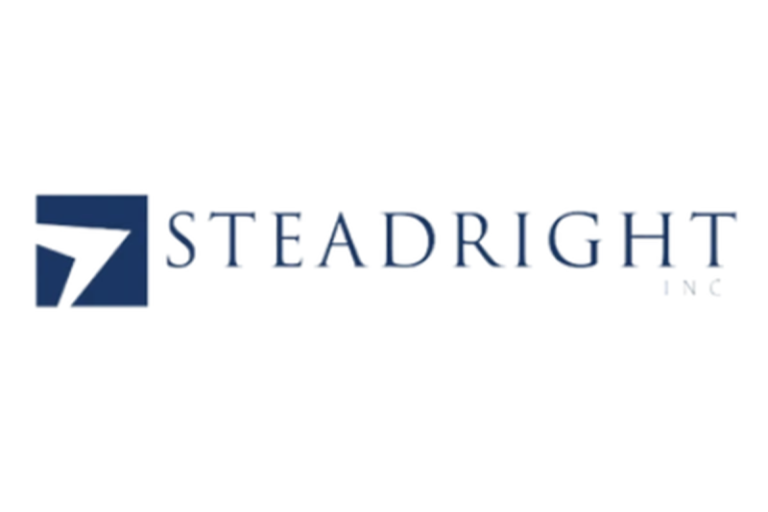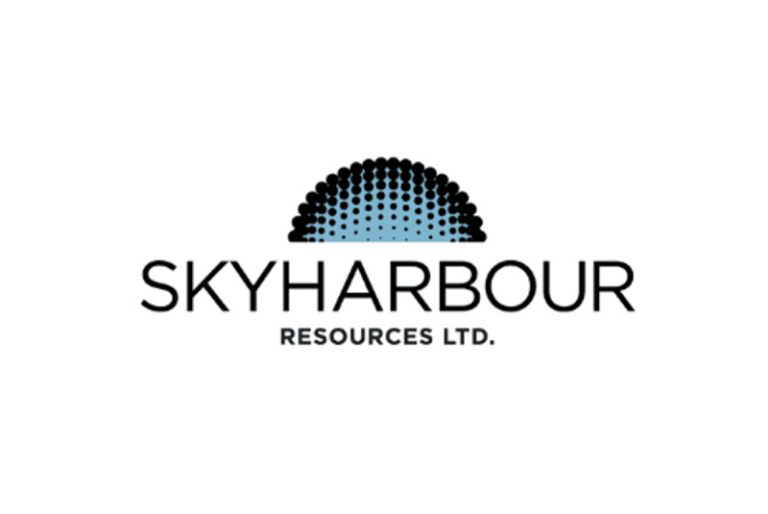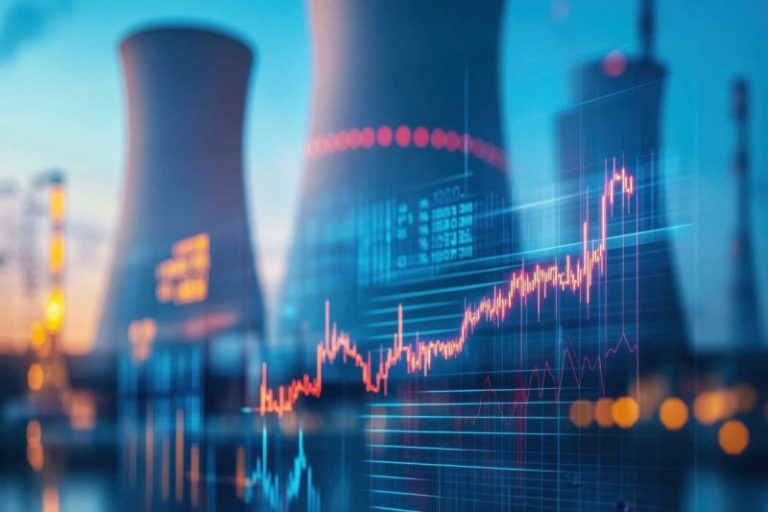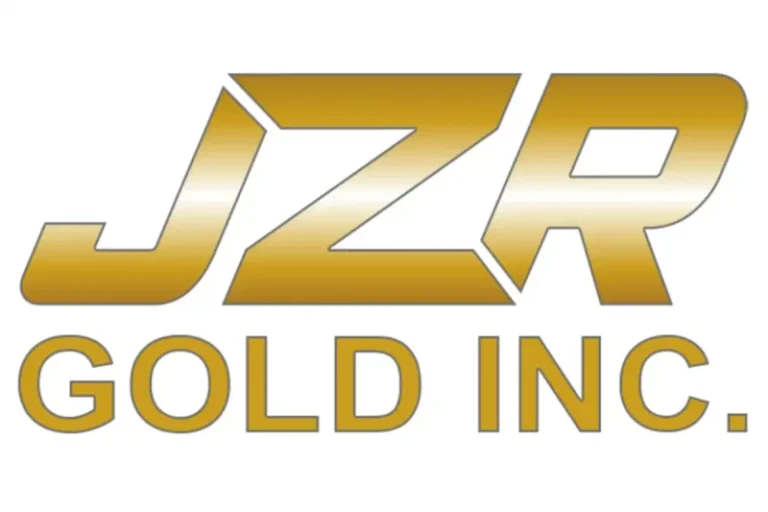Skyharbour Resources Ltd. (TSX-V: SYH ) (OTCQX: SYHBF ) (Frankfurt: SC1P ) ( ‘ Skyharbour ‘ or the ‘ Company ‘) is pleased to report that its partner company Terra Clean Energy Corp. (‘Terra’, previously Tisdale Clean Energy) has highlighted the rare earth element (‘REE’) potential at the Fraser Lakes B Deposit, confirmed by drilling and assays. The mineralization is predominantly uranium and thorium but the REE component within the deposit and surrounding areas contains significant quantities of rare earth oxides (‘REO’) specifically La₂O₃ (Lanthanum oxide), Ce₂O₃ (Cerium oxide), Yb₂O₃ (Ytterbium oxide), and Y₂O₃ (Yttrium oxide) as reported in the technical report filed under Terra’s profile on sedarplus.ca on February 9 th 2023. Skyharbour optioned the Project to Terra, and under the Option Agreement, assuming the 75% interest is earned, Terra will fund exploration expenditures totaling CAD $10,500,000, as well as pay Skyharbour CAD $11,100,000 in cash, of which $6,500,000 can be settled for shares in the capital of Terra over the earn-in period.
Map of South Falcon East Project Claims:
https://skyharbourltd.com/_resources/maps/Sky_SouthFalconEast_20250109.jpg?v=1
These light rare earths are key elements in automotive, batteries, magnets as well as other industries. Lanthanum has two main uses: as a phosphate binder in medicine to treat high blood phosphate levels in kidney disease patients, and in various industrial applications like manufacturing nickel-metal hydride batteries, catalytic converters, specialty glass, and as a component in alloys for lighters and other products.
Cerium is used in a variety of applications, including as a polishing agent for glass and a catalyst in automotive catalytic converters to reduce emissions. It is also used in metallurgy to improve alloys and steel, and in the production of flints for lighters, incandescent gas mantles, and components for batteries.
Ytterbium is used in a variety of applications including improving stainless steel, dental alloys, portable x-ray machines, atomic clocks, superconductors, lasers and amplifiers, fiber optic communications, and quantum computing.
Yttrium is used in a variety of applications, most notably as a key component in phosphors for LEDs and displays, and in lasers for medical and industrial uses. It is also used in ceramics, such as those for high-temperature fuel cells and medical implants, as a metallurgical additive for alloys, and in electronics like microwave filters and automotive sensors. Additionally, specific yttrium isotopes have medical applications in cancer therapy and diagnostic imaging.
Below is a link from the Natural Resources Canada (NRC) website showing the Falcon Point Project in Saskatchewan which hosts the Fraser Lakes B Deposit. The South Falcon East Project is a portion of this former project. Through an NRC grant to the University of Saskatchewan in March 2024, The Government of Canada has contributed to a multiyear study of REE’s in northeastern Saskatchewan. The Fraser Lakes B Deposit is part of this study and Terra is a participating partner. REE’s continue to be identified in recent drilling programs.
https://natural-resources.canada.ca/minerals-mining/mining-data-statistics-analysis/minerals-metals-facts/rare-earth-elements-facts
‘With renewed interest in rare earth elements it is important that shareholders understand we are sitting on an active REE deposit,’ said Greg Cameron, CEO of Terra. ‘This deposit adds significant upside, particularly in light of the recent environment which places far more value on the strategic importance of rare earth elements. Management is committed to making sure this value is understood and unlocked as we continue with the ongoing advancement Fraser Lakes,’ continued Mr. Cameron.
‘We are excited to be involved in the expansion of Rare Earth Element deposit understanding and inventory in Canada’, commented Trevor Perkins, Vice President of Exploration for Terra. ‘With the current emphasis on REE, it is time to highlight this aspect of our Fraser Lakes B Uranium and REE Deposit. We are sure that with continued drilling and study of the Fraser Lakes B deposit we will add to both the uranium and REE resource,’ continued Mr. Perkins.
South Falcon East Project Summary:
The South Falcon East Project is a uranium exploration project in the southeast Athabasca Basin and represents a portion of Skyharbour’s former Falcon Point Project. The project covers approximately 12,464 hectares and is located 18 kilometres outside the Athabasca Basin, roughly 50 kilometres east of the Key Lake mill.
The project hosts the Fraser Lakes B Uranium-Thorium Deposit, which contains a historical inferred resource of 6.9 million pounds U₃O₈ at an average grade of 0.03% U₃O₈ and 5.3 million pounds ThO₂ at 0.023% ThO₂. Mineralization is hosted in shallow, structurally disrupted metasedimentary rocks and pegmatites, displaying Athabasca-style basement-hosted characteristics and occurring in association with well-defined EM conductors.
Qualified Person:
The technical information in this news release has been prepared in accordance with the Canadian regulatory requirements set out in National Instrument 43-101 and reviewed and approved by Serdar Donmez, P.Geo., VP of Exploration for Skyharbour, as well as a Qualified Person.
About Terra Clean Energy Corp.:
Terra Clean Energy (formerly Tisdale Clean Energy Corp) is a Canadian-based uranium exploration and development company. The Company is currently developing the South Falcon East uranium project, which hosts an inferred uranium resource within the Fraser Lakes B uranium/thorium deposit, located in the Athabasca Basin region, Saskatchewan, Canada.
About Skyharbour Resources Ltd.:
Skyharbour holds an extensive portfolio of uranium exploration projects in Canada’s Athabasca Basin and is well positioned to benefit from improving uranium market fundamentals with interest in thirty-seven projects covering over 616,000 hectares (over 1.5 million acres) of land. Skyharbour has acquired from Denison Mines, a large strategic shareholder of the Company, a 100% interest in the Moore Uranium Project, which is located 15 kilometres east of Denison’s Wheeler River project and 39 kilometres south of Cameco’s McArthur River uranium mine. Moore is an advanced-stage uranium exploration property with high-grade uranium mineralization in several zones at the Maverick Corridor. Adjacent to the Moore Project is the Russell Lake Uranium Project, in which Skyharbour is operator with joint-venture partner RTEC. The project hosts widespread uranium mineralization in drill intercepts over a large property area with exploration upside potential. The Company is actively advancing these projects through exploration and drilling programs.
Skyharbour also has joint ventures with industry leader Orano Canada Inc., Azincourt Energy, and Thunderbird Resources at the Preston, East Preston, and Hook Lake Projects, respectively. The Company also has several active earn-in option partners, including CSE-listed Basin Uranium Corp. at the Mann Lake Uranium Project; TSX-V listed North Shore Uranium at the Falcon Project; UraEx Resources at the South Dufferin and Bolt Projects; Hatchet Uranium at the Highway Project; CSE-listed Mustang Energy at the 914W Project; and TSX-V listed Terra Clean Energy at the South Falcon East Project.
In aggregate, Skyharbour has now signed earn-in option agreements with partners that total to over $36 million in partner-funded exploration expenditures, over $20 million worth of shares being issued, and $14 million in cash payments coming into Skyharbour, assuming that these partner companies complete their entire earn-ins at the respective projects.
Skyharbour’s goal is to maximize shareholder value through new mineral discoveries, committed long-term partnerships, and the advancement of exploration projects in geopolitically favourable jurisdictions.
Skyharbour’s Uranium Project Map in the Athabasca Basin:
https://skyharbourltd.com/_resources/news/SKY_SaskProject_Locator_2025_07_16_v1.jpg
To find out more about Skyharbour Resources Ltd. (TSX-V: SYH) visit the Company’s website at www.skyharbourltd.com .
Skyharbour Resources Ltd.
‘Jordan Trimble’
Jordan Trimble
President and CEO
For further information contact myself or:
Nicholas Coltura
Investor Relations Manager
Skyharbour Resources Ltd.
Telephone: 604-558-5847
Toll Free: 800-567-8181
Facsimile: 604-687-3119
Email: info@skyharbourltd.com
NEITHER THE TSX VENTURE EXCHANGE NOR ITS REGULATION SERVICES PROVIDER ACCEPTS RESPONSIBILITY FOR THE ADEQUACY OR ACCURACY OF THE CONTENT OF THIS NEWS RELEASE.
The securities offered have not been, and will not be, registered under the United States Securities Act of 1933, as amended (the ‘U.S. Securities Act’) or any U.S. state securities laws, and may not be offered or sold in the United States or to, or for the account or benefit of, United States persons absent registration or an applicable exemption from the registration requirements of the U.S. Securities Act and applicable U.S. state securities laws. This press release does not constitute an offer to sell or the solicitation of an offer to buy securities in the United States, nor in any other jurisdiction.
This release includes certain statements that may be deemed to be ‘forward-looking statements’. All statements in this release, other than statements of historical facts, that address events or developments that management of the Company expects, are forward-looking statements, including the Private Placement. Although management believes the expectations expressed in such forward-looking statements are based on reasonable assumptions, such statements are not guarantees of future performance, and actual results or developments may differ materially from those in the forward-looking statements. The Company undertakes no obligation to update these forward-looking statements if management’s beliefs, estimates or opinions, or other factors, should change. Factors that could cause actual results to differ materially from those in forward-looking statements, include market prices, exploration and development successes, regulatory approvals, continued availability of capital and financing, and general economic, market or business conditions. Please see the public filings of the Company at www.sedar.com for further information.










